Baiting Approaches And Scenarios
Brian Skoyles explains how he, or rather his son, Martyn, came up with a method of baiting that’s proved more than effective when all other tactics have failed…
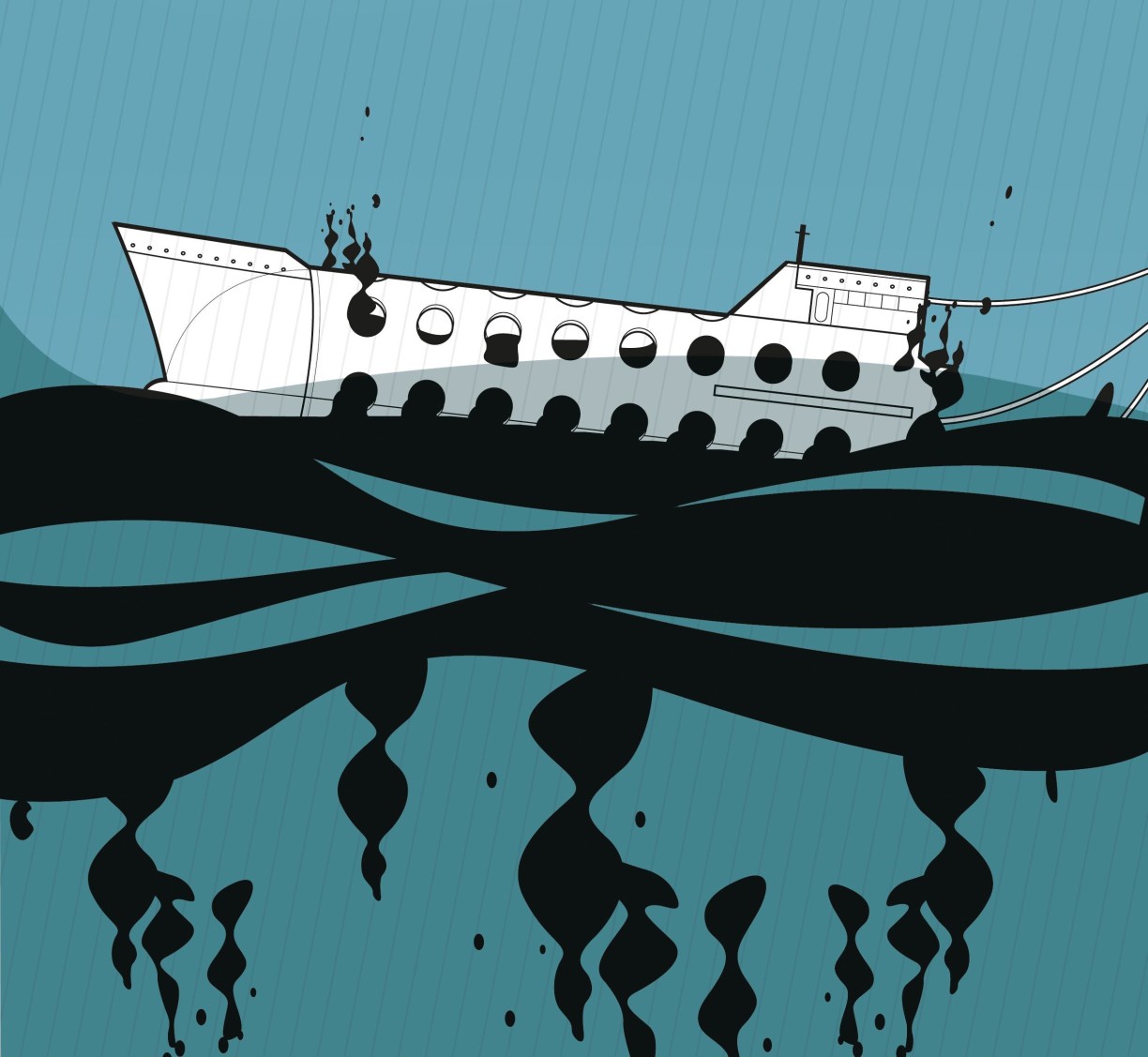
CARPOLOGY: How did you discover the ‘clouding up’ method, and why do you think it can prove so effective?
“I suppose I have always understood, right from my early float-fXishing days when I was a teenager, that by creating some sort of cloud in the water, you can attract fish. Being fairly thick, however, I never brought that knowledge to my carp fishing until much later, when during a session with Martyn, my son, the lightbulb lit up, so to speak. It was a summer session at a water called Le Mans. The weather was settled, it was calm and it was very warm. Martyn and I had the lake to ourselves and were catching well through the night and during the very early morning. The rest of the day, however, was a waste of time, given that the bulk of the fish were enjoying the sun, and from what we could see, not doing a lot else. Although we tried them, they showed no interest in surface baits, so we were stuck in our routine of slapping on the factor 50 and just sitting in the shade, waiting for the time to pass.
“Martyn wouldn’t settle for that, though, and decided to try something different. At the time, one of our go-to baits was a particle mix comprising flaked maize, groats and Partiblend. What made this mix so effective was the addition of evaporated milk and Nutrabaits Multimino to the lake water when we soaked everything.
“On this particular occasion we had overdone the liquids a bit. Left over from the previous night we had some really sloppy mix—more liquid, than particle mix, perhaps. We had the use of a rowing boat, so Martyn brought in one of his rods, put on a fresh hookbait, poured some of the slop into a small bucket and rowed slowly out into the lake. There, he tipped the bucket of slop over the side and then lowered the hookbait into the milky cloud. A few minutes later, back on the bank, he had a one-toner. It was the first of several fish we had after rowing out small buckets of slop. The fish seemed to find it irresistible, and I guess it was the combination of the cloud and the tiny particles slowly drifting towards the bottom that drew them in, and then down.”
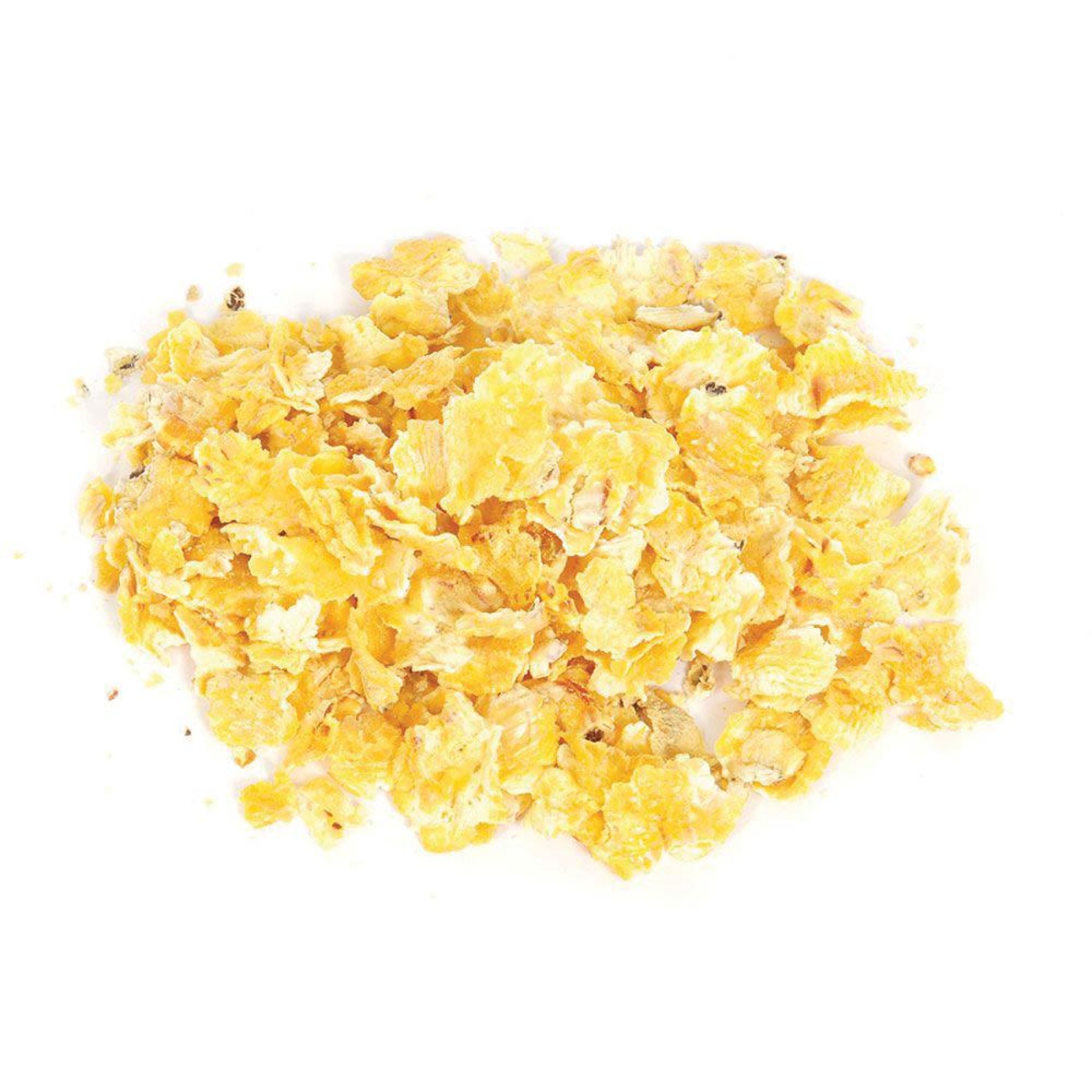
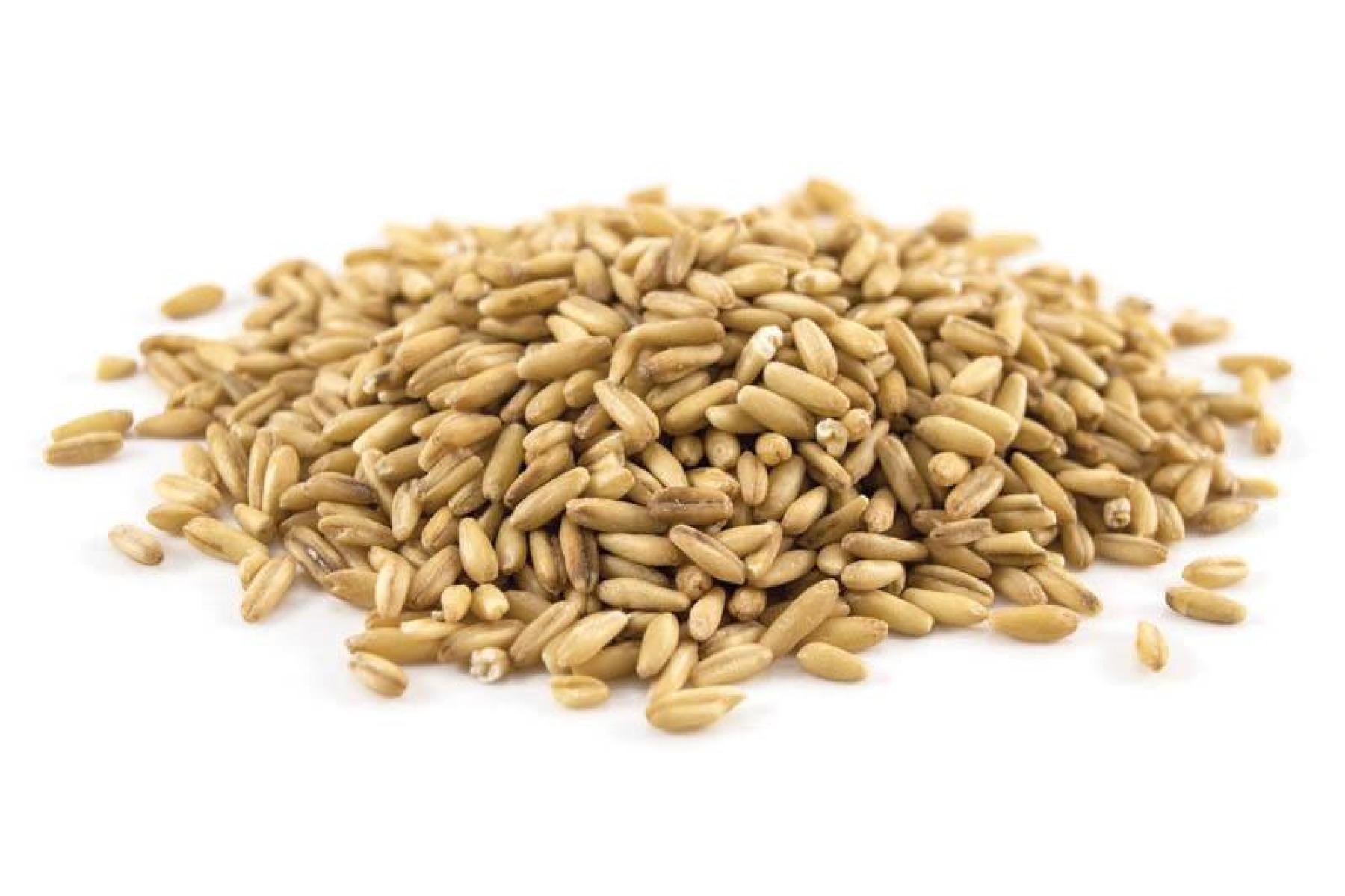
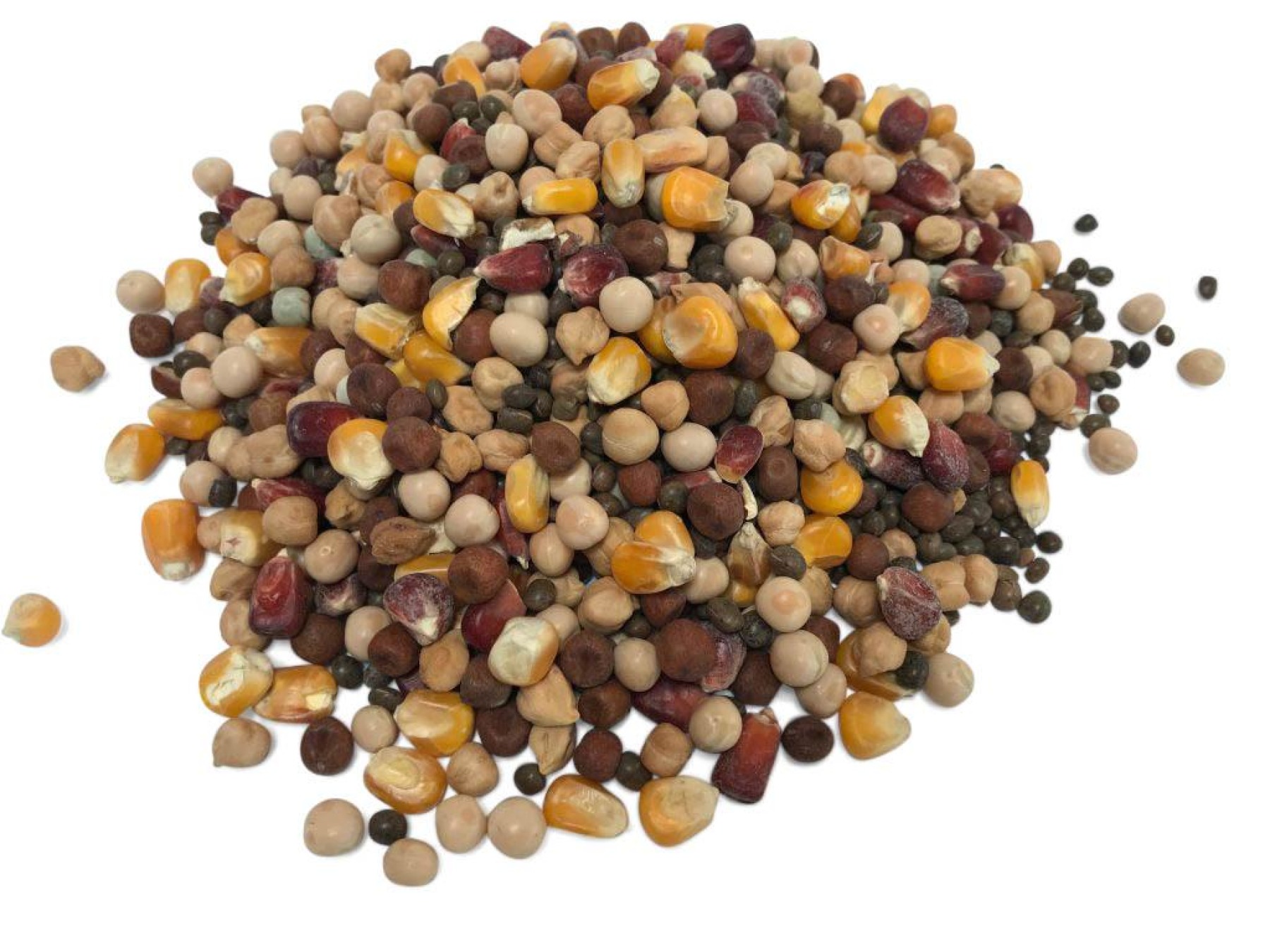
Are there any particular type of venue where the approach excels, or any suitable length of session?
“These days, Spombing slop is a recognised technique when fish are midwater and taking on Zigs, but I find it equally effective when I’m fishing on the bottom in the margins, where you can use any sort of baiting spoon to create the clouding effect easily. The more liquid you can add to the slop the better, but this does create problems with getting it into the water, unless you have access to a boat or can use a baiting spoon. I’ve regularly ended up with slop in my hair or splattered all over my gear when trying to use a standard spod or Spomb. For many years now I have used a Gardner screw-on baiting spoon in conjunction with my landing net pole, but these days there are other options to consider, like the Nash Bushwhacker system.”
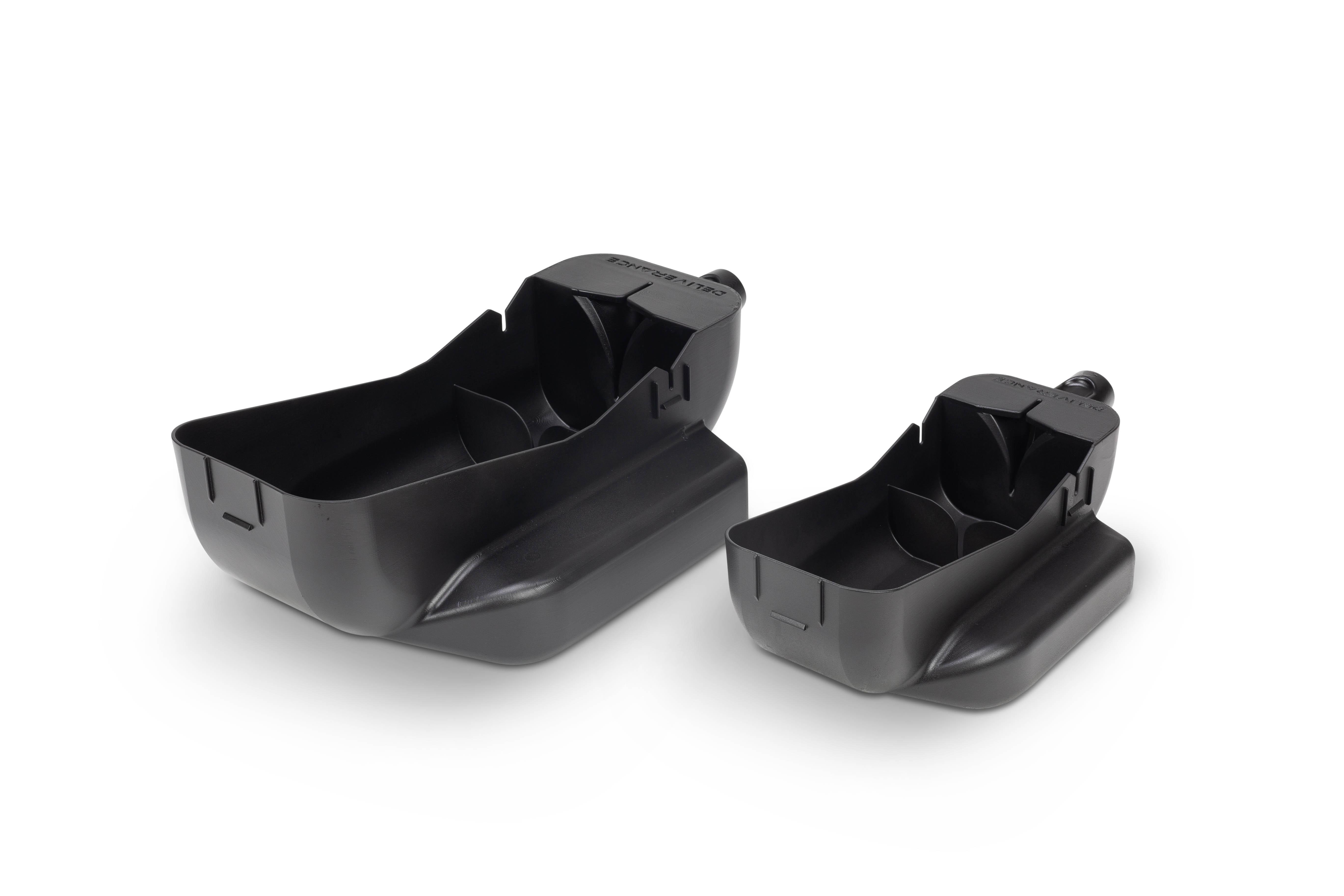
What liquids do you use to create your cloud? And along with your favourites, are there any types of liquids you steer clear of?
“I think the key ingredient is evaporated milk. It clouds the water brilliantly, but after that, there is a lot of choice. Before making your decision, it’s worth finding out how some of your options behave in water. For example, Nutramino dissolves through the water column, but Multimino does not. Multimino sinks and settles on the bottom, so a combination of evaporated milk, Nutramino and Multimino is always good. These days, most bait companies have a range of liquid boosters and glugs, and these can all be good options. My personal favourite is a combination of evaporated milk and Trigga Ice Liquid Booster, and it complements the Trigga Ice boilies I like to use. I steer clear of oil-based liquids for the obvious reason that they don’t sink, although they can be of use if you are looking to encourage the fish to move up through water column, rather that move down it.”
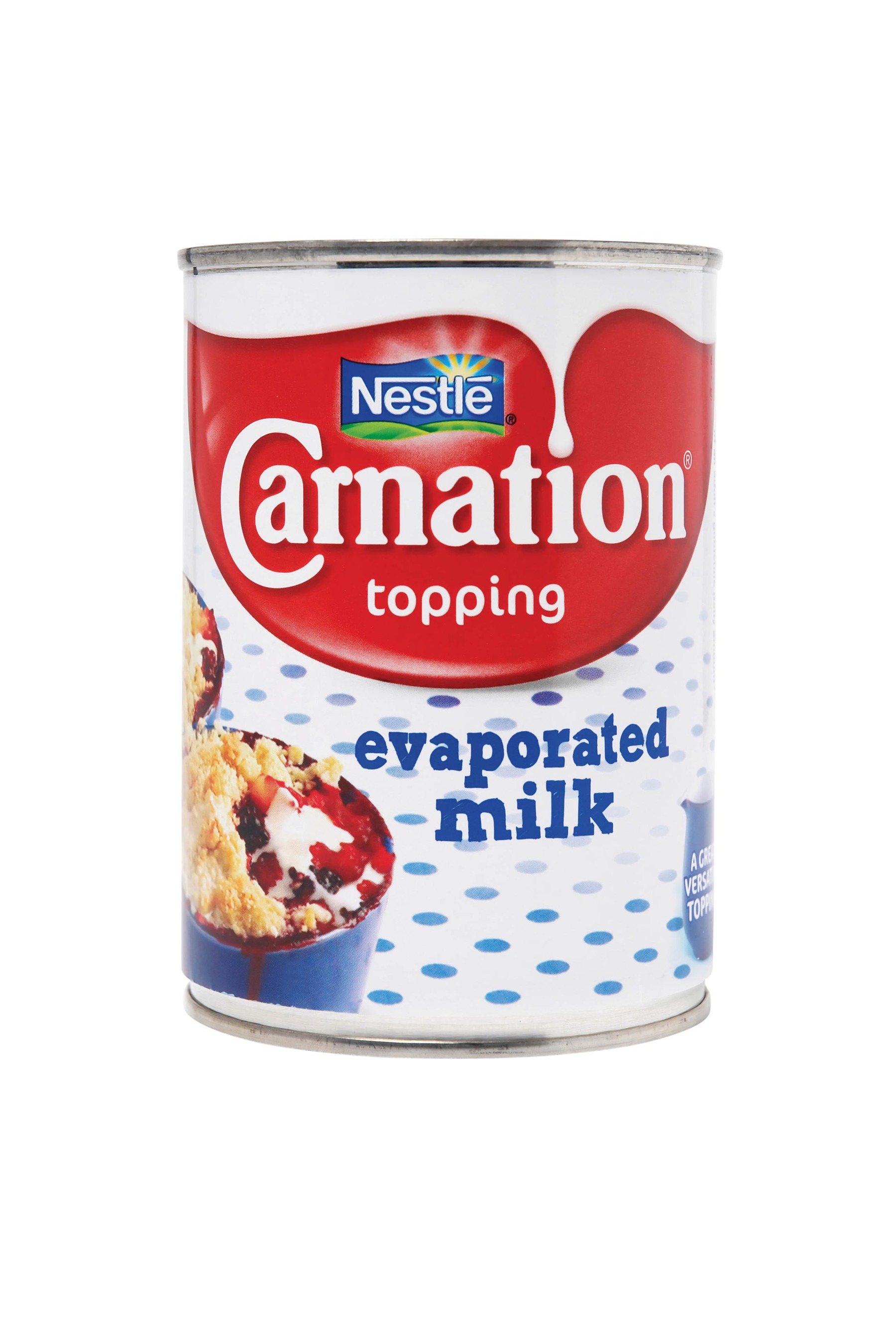
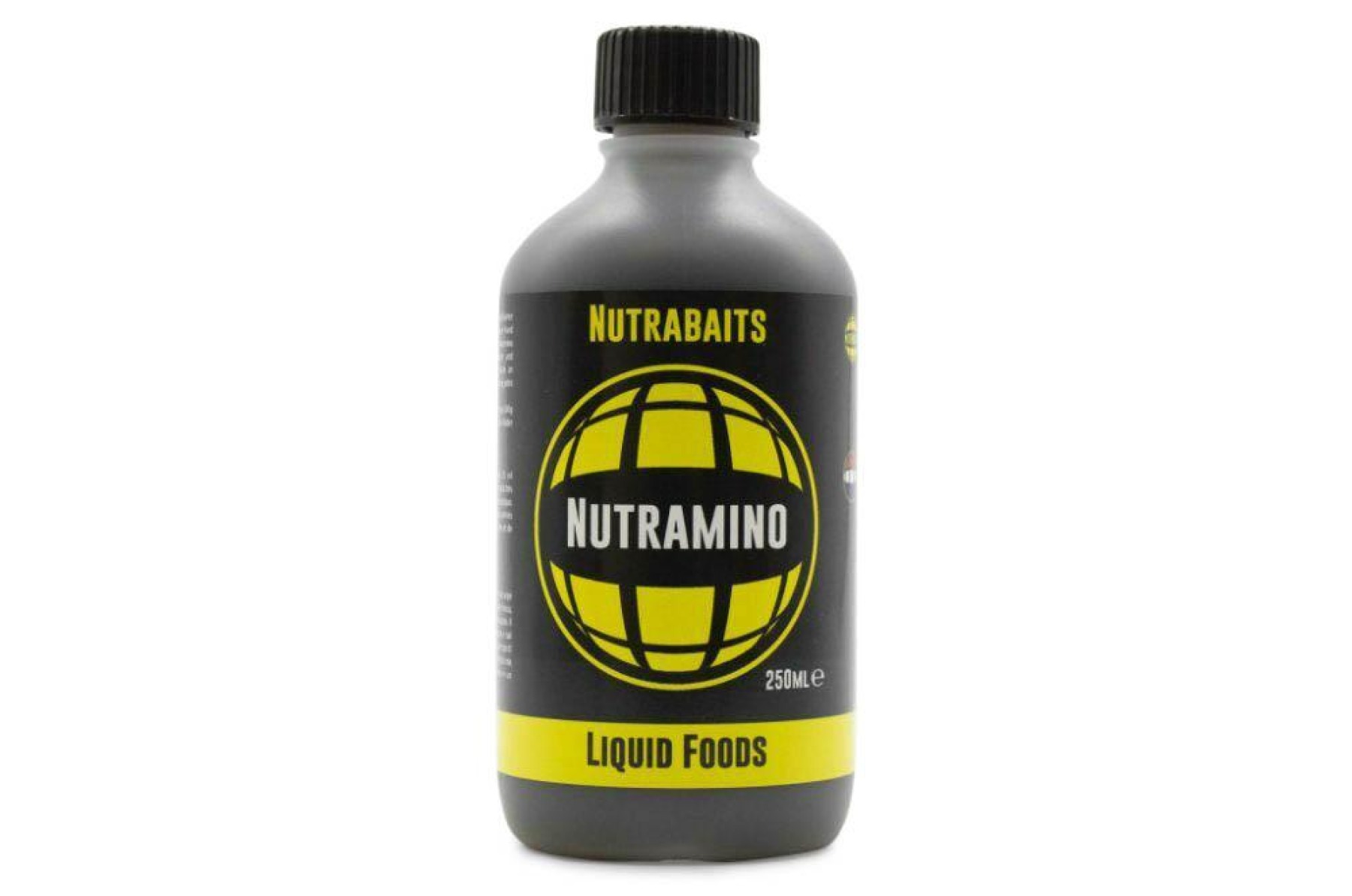
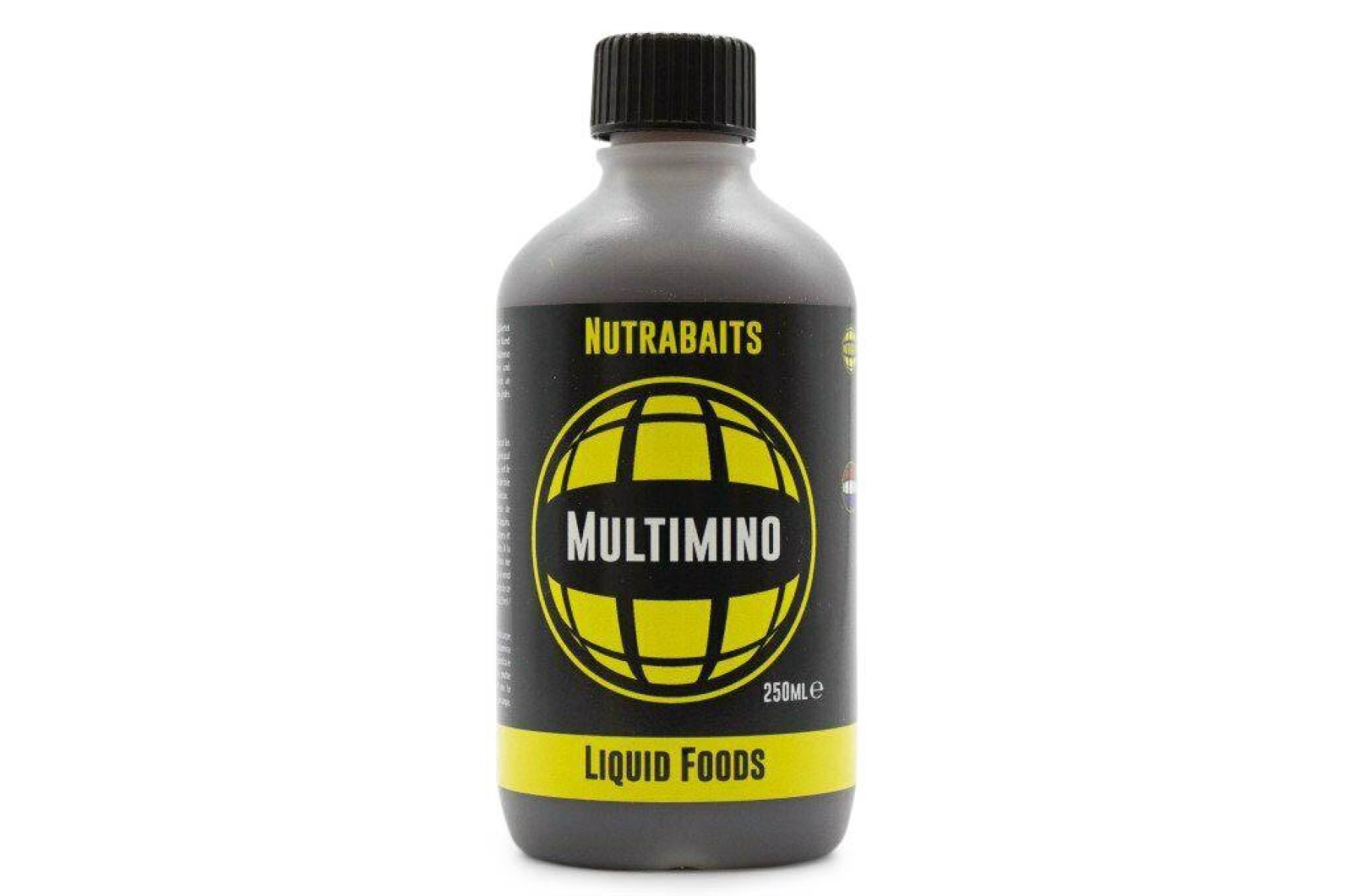
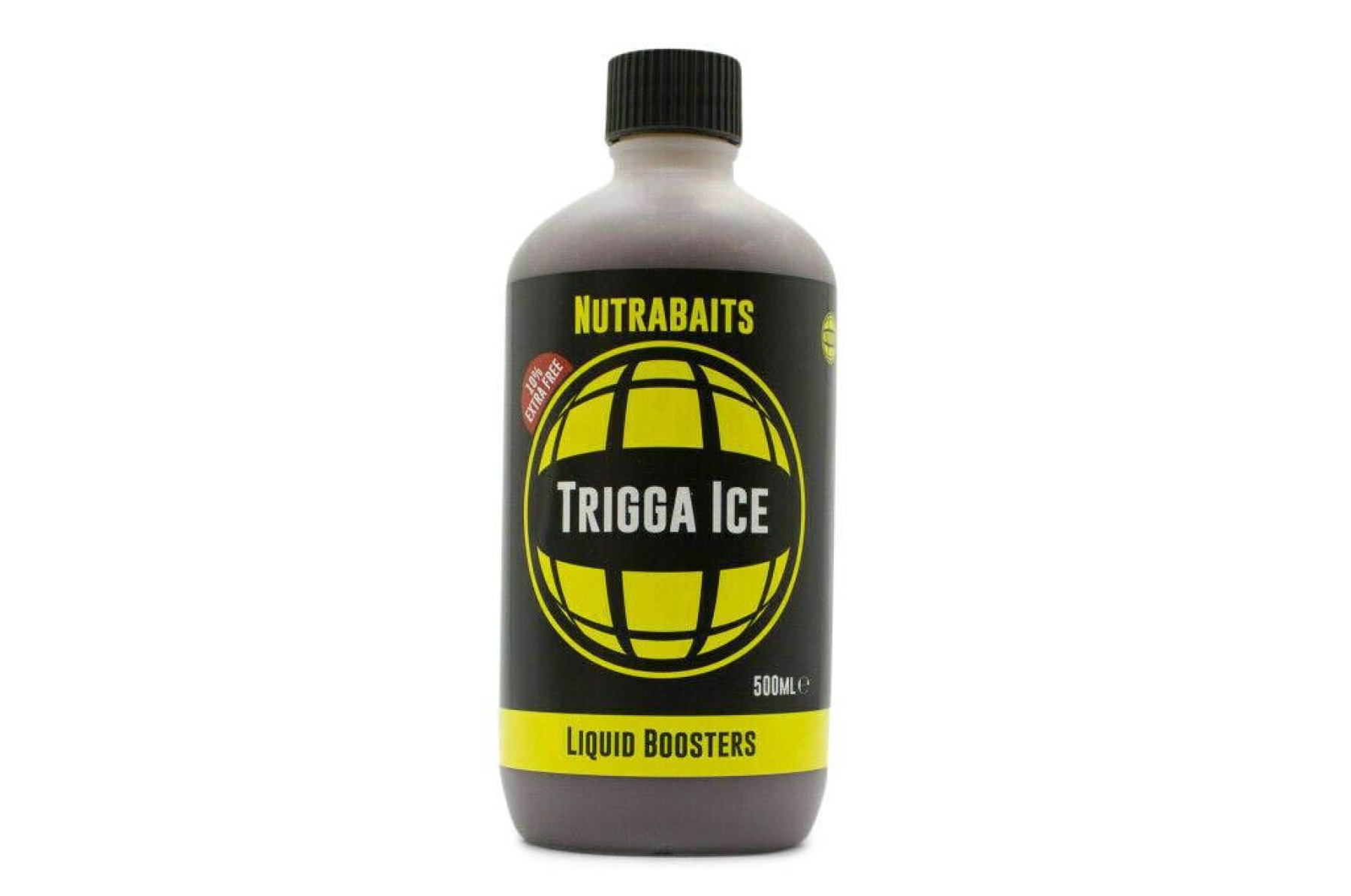
How long does the resultant cloud hang around in the water, though?
“From a visual point of view the cloud effect does not last long, but my guess is that the overall stimulus from the various smells you introduce lasts much longer. I’ve often had fish move on to a spot quite some time after the cloud has settled. If you are using some form of baiting spoon, you can top up reasonably easily, and without disturbing the swim.”
Are you looking to cloud the whole water column or just create a haze effect in the bottom third, say?
“When I have used this method, with the ingredients I favour the mix tends to cloud the whole water column. Eventually, though, everything will settle on the bottom. Again, in more recent years I know some anglers have taken this idea a bit further. They’ll now add smaller, almost neutrally buoyant food items that take much longer to sink. Some items will even float back up in the water. They can then react to how the fish respond and either fish floaters, Zigs or bottom baits over the top.”
Have any patterns emerged over the years of you using the approach?
“Realistically, clouding up is not a technique that suits a wide range of angling conditions, but it really comes into its own during what I have in the past described as the summer doldrums: those hot, still days when the heat is oppressive and everything seems to slow down. The fish seem disinterested and basically you just sit and wait for the sun to go down. On days like these, you have two options. You can reach into the cool box and relax with a cold beer, or you can try a bit of clouding up. Over the years, the method has certainly caught me bonus fish. On the other hand, you could always do both!”




